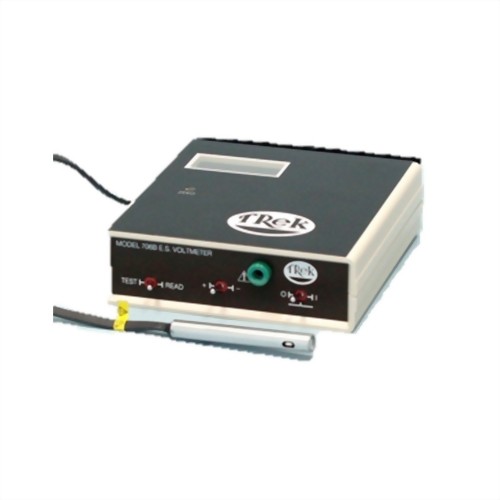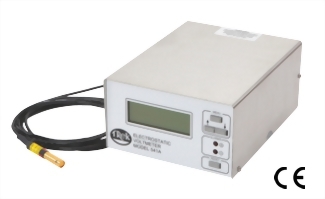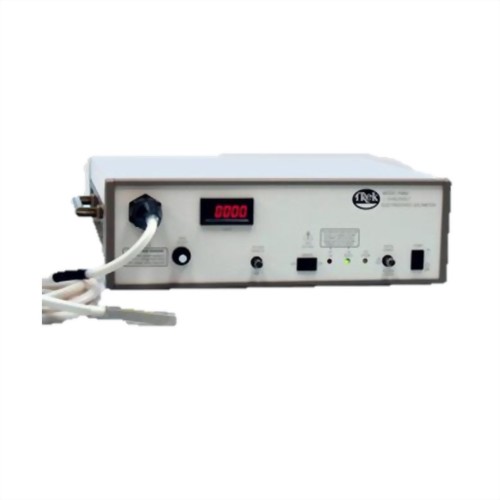Trek 341B 静电电压表
• Superb noise and drift performance
• Precision voltage monitor output
• Monitor provides a low voltage replica of the measured electrostatic potential for monitoring purposes or for use as a feedback signal in a closed loop system
• Easy-to-read LED display
• Optional probes offer versatility (order separately)
• Can be operated on a bench top, or with optional hardware, in a standard 19-inch rack
• NIST-traceable Certificate of Calibration provided with each unit
• Precision voltage monitor output
• Monitor provides a low voltage replica of the measured electrostatic potential for monitoring purposes or for use as a feedback signal in a closed loop system
• Easy-to-read LED display
• Optional probes offer versatility (order separately)
• Can be operated on a bench top, or with optional hardware, in a standard 19-inch rack
• NIST-traceable Certificate of Calibration provided with each unit
型号 :
Trek 341B
The Trek Model 341B is a DC-stable, precision electrostatic voltmeter for making noncontacting surface voltage measurements. The 341B employs a field-nulling technique that achieves DC stability and high accuracy even if the probe-to-surface spacing changes. This permits measurements of either stationary or moving surfaces without the need to establish fixed spacing to maintain accuracy. The instrument also utilizes a patented probe design that eliminates the need for close tolerance components which significantly improves noise and drift under conditions of high humidity and wide temperature ranges.
Dimensions: 230 mm H x 441 mm W x 432 mm D (9.06” H x 17.36” W x 17” D)
Weight: 17 kg (37 lb)
Voltage Monitor Output Connector: BNC connector
Ground Receptacle: Green binding post
Temperature: 0°C to 40°C (32°F to 104°F)
Relative Humidity: To 90%, noncondensing
Altitude: To 2000 m (6561.68 ft.)
Probe-to-Surface Separation: 3 mm ±1mm (recommended)
- Charge accumultion monitoring of LCD production processes
- Monitoring surface potentials in the electrostatic painting process
- Measuring of electrostatic potentials on polymers, rubber, fabrics and paper







